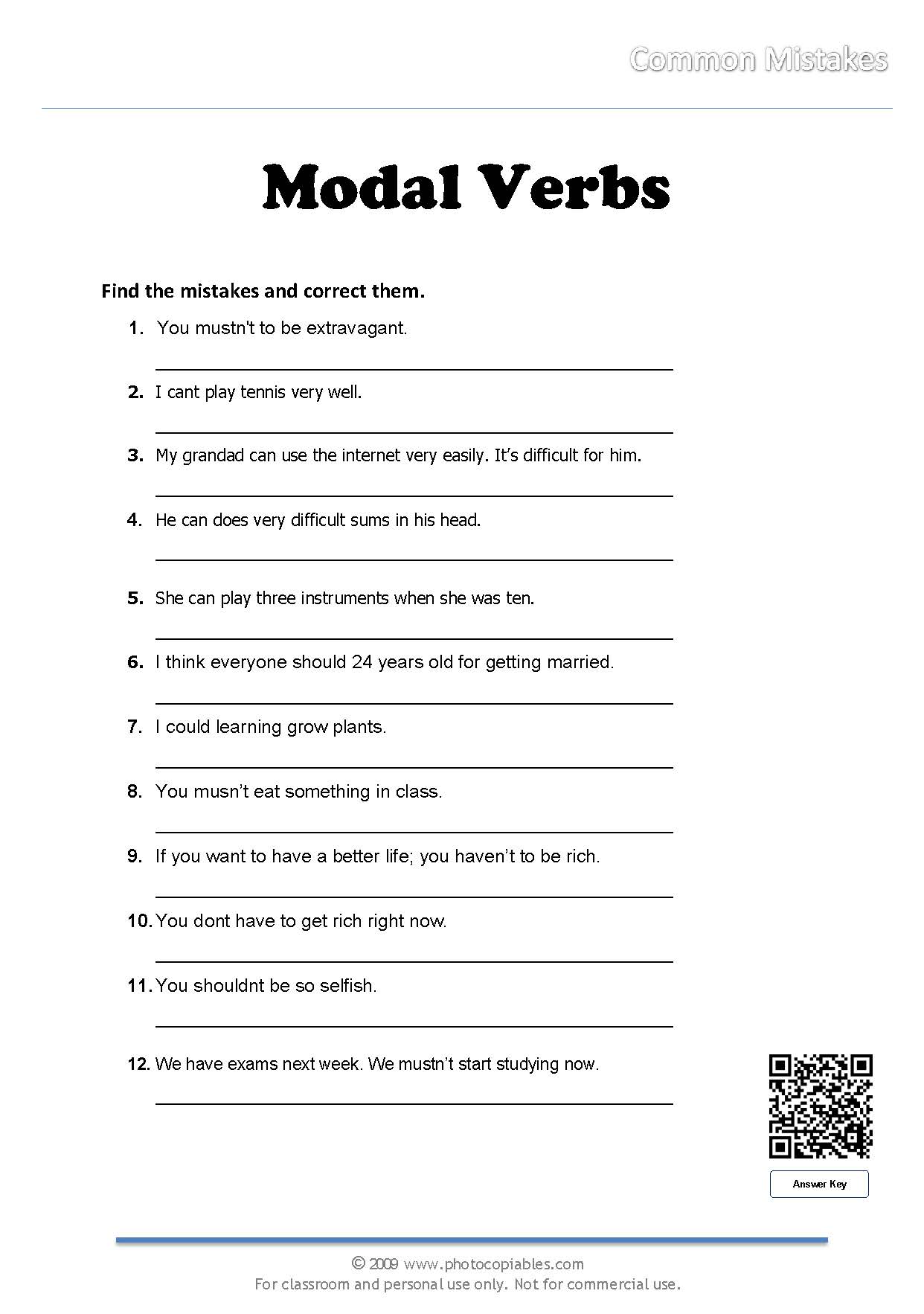

Make up some sets of cards with different tasks on to match your teaching points, and mark the backs to match the symbols or colors in the various squares on the board. If you only have access to a monochrome printer – simply put different symbols in the squares that students’ game pieces will land on. You could also create your own A4 sized gameboard on a computer without too much effort. If you have access to board games such as snakes (chutes) & ladders, they are a great resource for the ESL classroom since all you need to do is vary the accompanying cards that students play with to match your teaching points. Other suitable topics are “can/possibility” (set groups up as travel agents), “must/obligation/prohibition” (strictest company rules) and “will/promises” (create an incentive scheme). This repetition should help students improve the use of the target language each time. Discuss their suggestions in the feedback session, and then repeat with another problem. Give each group the same question from an agony aunt column and allow them a few minutes to come up with some advice. This works particularly well for “should/advice”. You can also encourage quieter students to contribute during the feedback session. It’s best not to have groups larger than four students so that you help maximize individual student talk time. Set students up into groups and give them a question to discuss and report back about. Whilst this may not be suitable for lower level students, it is a great one for pre-intermediate level and above. For example: May I borrow your pen? Responses could be as simple as “No, sorry you can’t because it’s run out of ink” to “No, sorry you can’t as you press too hard and might damage it”.Īlso Read: 11 Fun ESL Activities for Young Learners Group Discussions or Debates

They choose the best responses to tell the class at the end of the activity. For example can, could or may for requests can be turned into a fun activity whereby students must respond to the requests in the negative, giving different polite reasons.Ĭreate your questionnaire so that students can record the names of the people they’ve spoken to and the reasons given. This lends itself well to any combination of modal and usage with a little creative thought. Create a questionnaire which students use to ask each other questions and to record their answers. If you manage to get up and down the line without any errors, simply end that ‘round’ and move to the next prompt to keep up the fun variety element.Īnother standard ESL classroom activity that generates very natural use of the target language. Language you would expect students to use for the prompt “can/possibility/on a beach” would be: You can sunbathe > You can play volleyball > You can see waves…. Negatives can be used for any of these too. Some suitable teaching points might be: can/ability, can/possibility, should/advice, must/obligation. At that point, the opposing team gets a point and you start with a new prompt at the person that was last to speak. The idea of the game is for you to criss-cross up the line of students getting them to say alternatives until such time as something is repeated, or a student can’t think of anything new. Organise students into two teams, and have them line up in two rows. Either write your prompts on slips of paper or put them on the board. It involves minimal preparation beyond planning the initial prompts. Listen to this blog post: Language TennisĪ standard ESL classroom game that students, young and old, always seem to enjoy. If you need to improve your knowledge of modal auxiliary verbs, look at your ITTT course materials. You will also be able to personalize the content for your students, improve your own skills, and build up a great resource bank. It’s often better to spend a bit of time creating your own material rather than looking fruitlessly on the internet. Here, we give you some adaptable ideas which should save you time thinking or searching, assuming you already have good grammatical knowledge of the subject and a little bit of creativity. The number of combinations of modals and usages is enormous, so TEFL certified teachers often spend a lot of time trying to find an activity that suits their particular teaching point. 7 Activities for Teaching Modal Auxiliary Verbs in the ESL Classroom


 0 kommentar(er)
0 kommentar(er)
